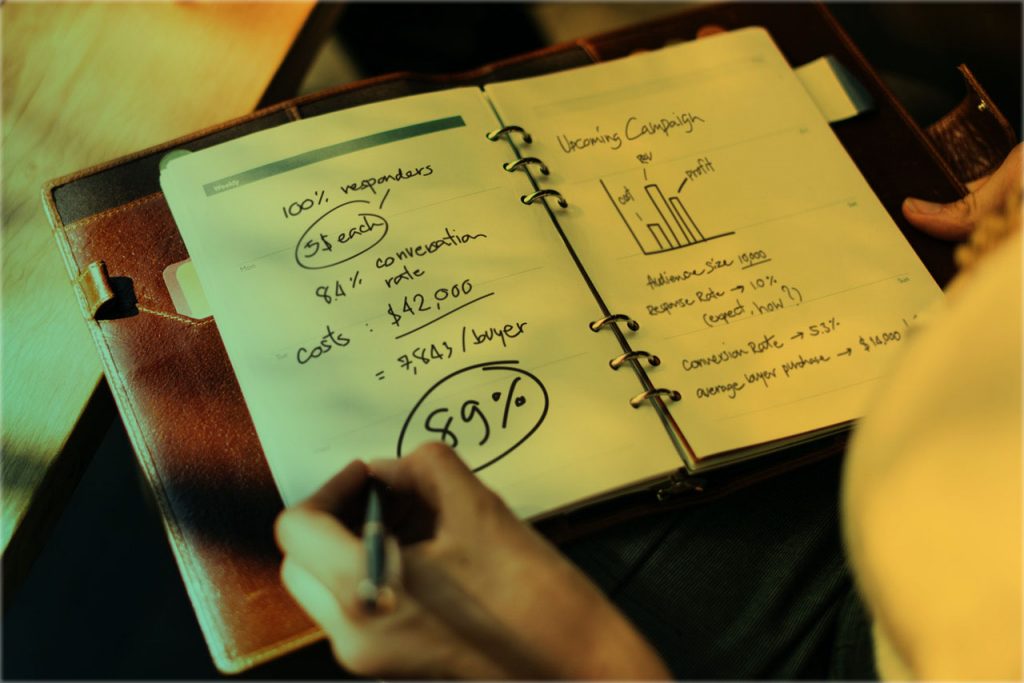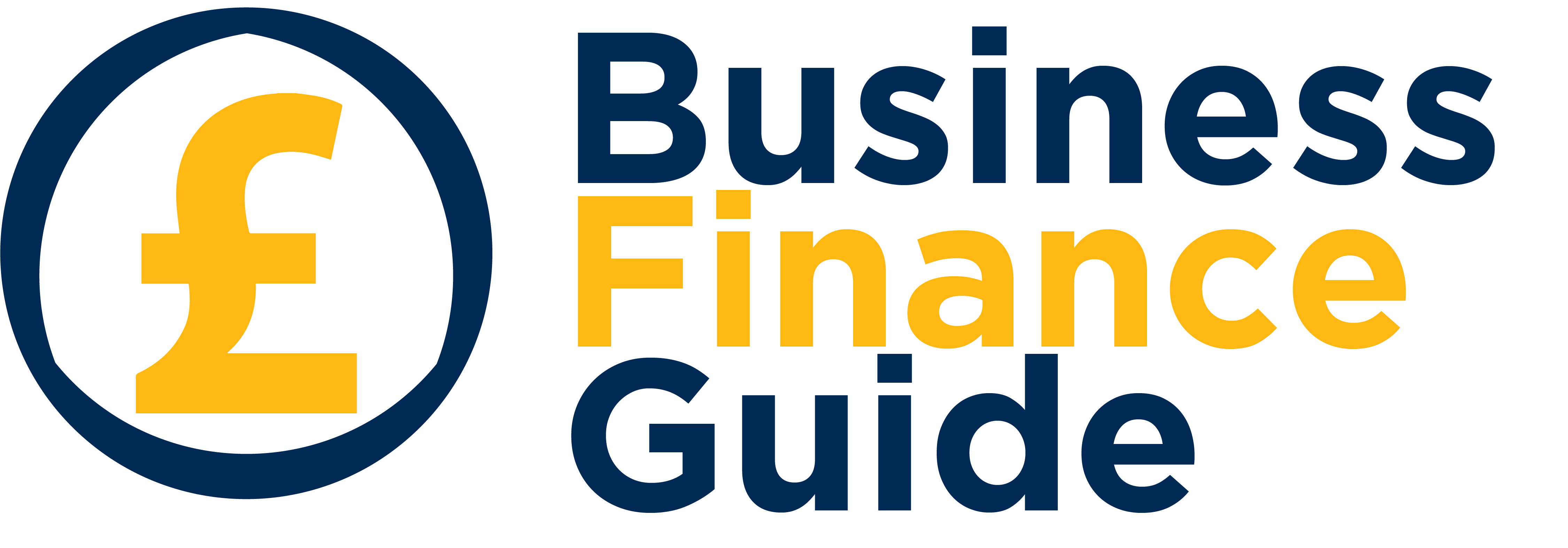
Business finance mainly engages the procedures of a financial plan which states the pattern of financing, strategies to track the management of the financial plan and the amount of finance required. A business venture includes both long term and short term capital. The long term capital is required to obtain fixed assets while the short term is needed to gather the daily responsibilities. The total investment needed that can be estimated by apprehension is called capitalization.
The business finance plan section of your business plan is the section that decides whether or not your business idea is viable. The business plan finance detail is an important component in determining whether or not the business plan would attract any investment in your business idea.
Business plan finance section is very important for investors and lenders who want to see the real figures before putting money into your business. Solid financials for the business plan finance portion would help you attract investors and get loans, even if you are not into operation yet.
Basically, the business plan finance section of the whole business plan consists of three financial statements – the cash flow projection, the balance sheet and the income statement. Towards the end of these three, you do a brief analysis of these three statements in your business plan finance section.
First, you need to gather some of the financial data that you’ll need to prepare these financial statements for the business plan finance section by examining your expenses.
All the costs to get your business up and running go into the start up expenses category of the business plan finance section. The expenses can include:
- Rent deposits
- Down payments on property and equipment
- Business registration fees
- Utility set up fees
- Starting inventory
- Business licensing and permits etc.
The above is merely a small example of start up expenses to add to your business plan finance section. You will have more real time expenses to write down for your business plan finance section if you sit to think about it. Operation expenses are the costs of keeping your business in the running mode. This list may include:
- Maintenance
- Storage
- Raw materials
- Distribution
- Salaries
- Rent/Mortgage
- Promotion
- Utilities etc.
Once you have the whole operating expenses list complete, the total will show you what it will cost you to keep your business running each month. If you multiply this by 12, you will have a year’s estimate of the operating expenses and adding this to your start up expenses list will give you a ball park figure for your business plan finance section for your complete start up costs.
The Income Statement for your business plan finance section will show your revenues, profit and expenses for a particular period.
Revenue – Expenses = Profit/Loss
An Income Statement for your business plan finance section shows how much loss or profit you expect to have for the year. New businesses should have their Income Statements broken down to monthly or quarterly, for smooth business plan finance.
An established business normally produces an Income Statement each fiscal quarter or even once each fiscal year, but for the purpose of business plan finance section of your business plan, an Income Statement should be generated more frequently.
Now if you have a product-based business, then the Revenue Section of the Income Statement for you business plan finance will look different. The Revenue will be called Sales and the Inventory needs to be accounted for.
The Cash Flow projection for your business plan finance section shows how cash is expected to flow in and out of your business. It is an important tool for cash flow management, letting you know when your expenditures are too high or when you might want to arrange short term investments to deal with a cash flow surplus. As a part of your business plan finance section of your business plan, a cash flow projection for the business plan finance section will give you a better idea of how much capital investment your business idea needs.
The Cash Flow Projection for your business plan finance section is not to be confused with a Cash Flow Statement. The Statement shows the cash flow that has occurred in the past while the Cash Flow Projection for the business plan finance section shows that the cash is anticipated to be expended or generated over a chosen period of time in the future. You will want to show Cash Flow Projections for each month over a one year period as part of the business plan finance portion of your business plan.
The Cash Flow Projection for the business plan finances section has three parts to it.
- Cash Revenues
- Cash Disbursements
- Reconciliation of Cash Flow
The Balance Sheet is the last of the financial statements that you need to include in you business plan finance section for your business plan. The Balance Sheet in a business plan finance section presents a picture of your business’s net worth at a particular point of time. The Balance Sheet for your business plan finance portion summarizes all the financial data about your business into 3 categories – equity, assets and liability.
For the purpose of your business plan finance section of your business plan, you will need to create a pro-forma Balance Sheet intended to summarize the information in the Income Statement and Cash Flow Projections. A business normally prepares the Balance Sheet once a year.
The Balance Sheet for the business plan finance section will reproduce the accounts that you have set up in your general Ledger. Once the Balance Sheet is complete for the business plan finance section of your plan, you can write a brief analysis of the three Financial Statements. When writing these analysis paragraphs for the business plan finance section, you would want to keep them short and cover the highlights, rather than writing an in-depth analysis.
